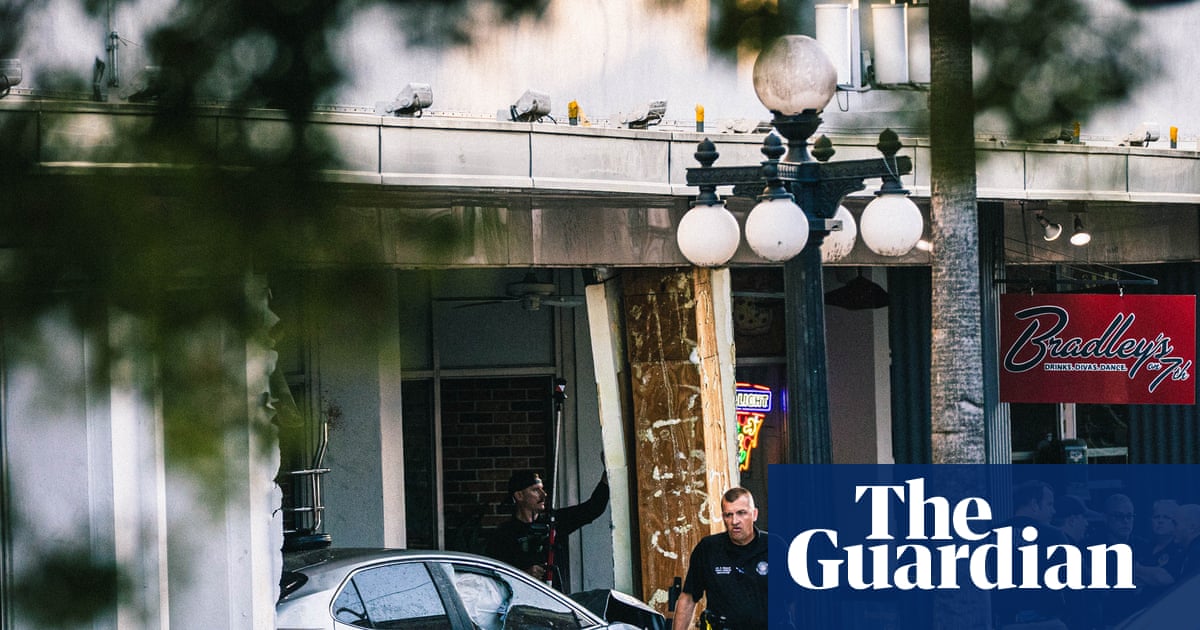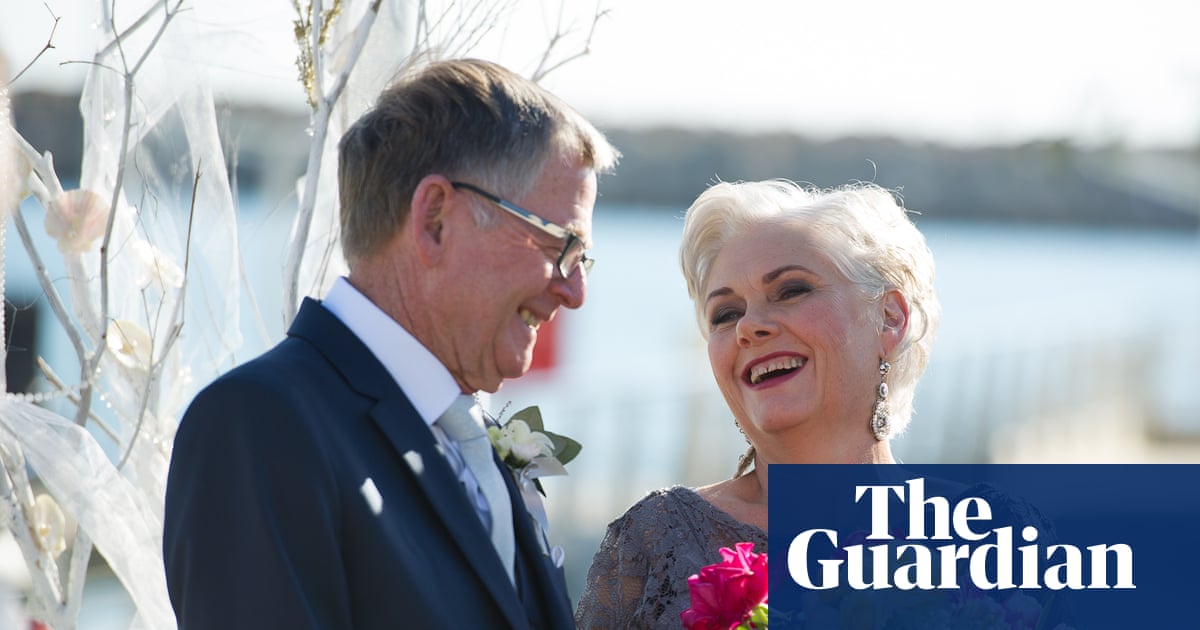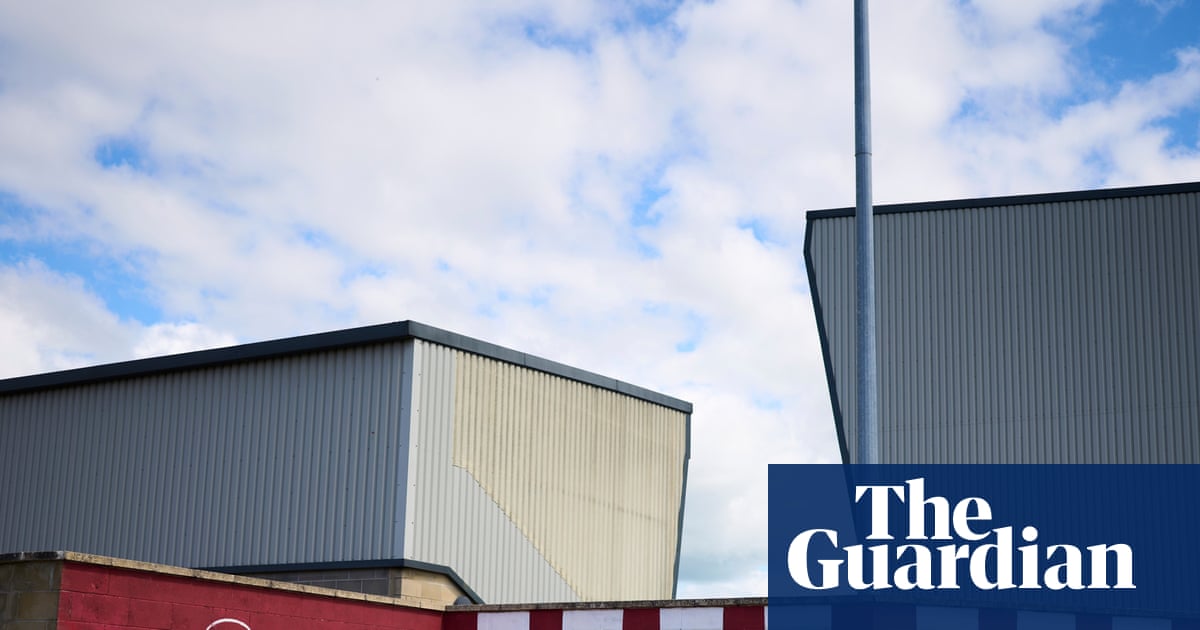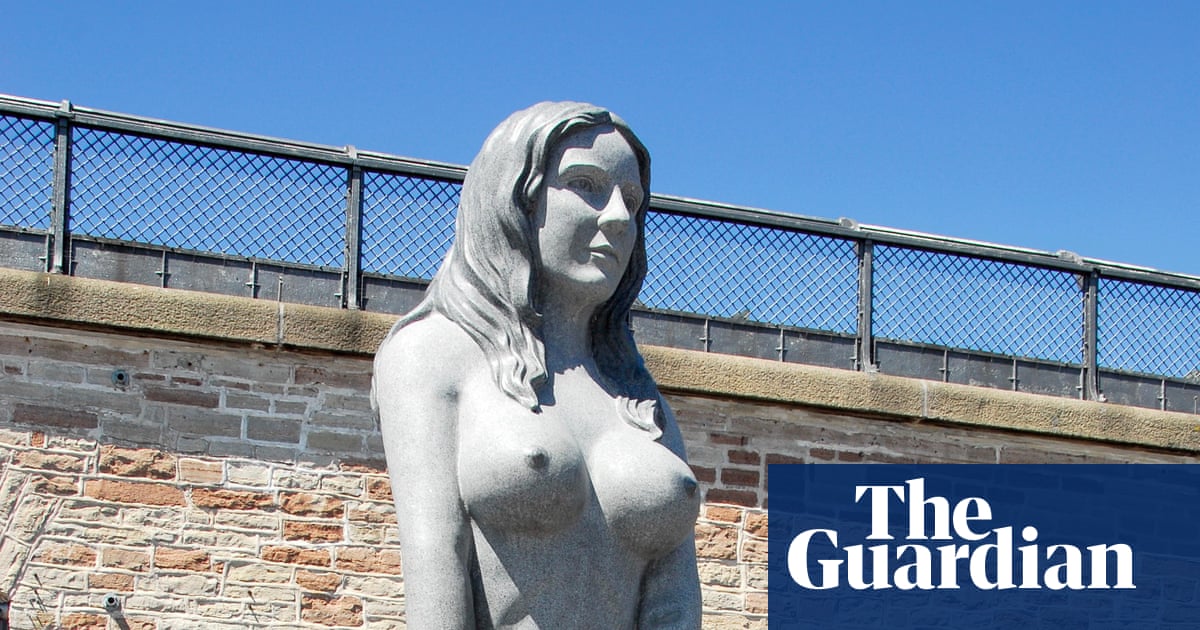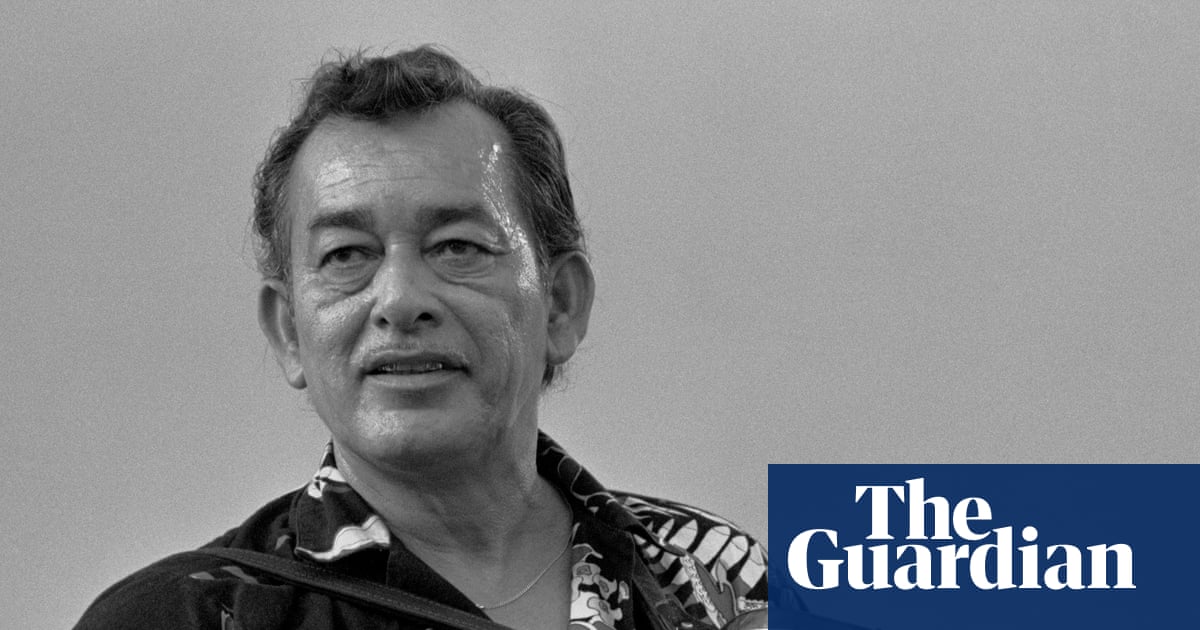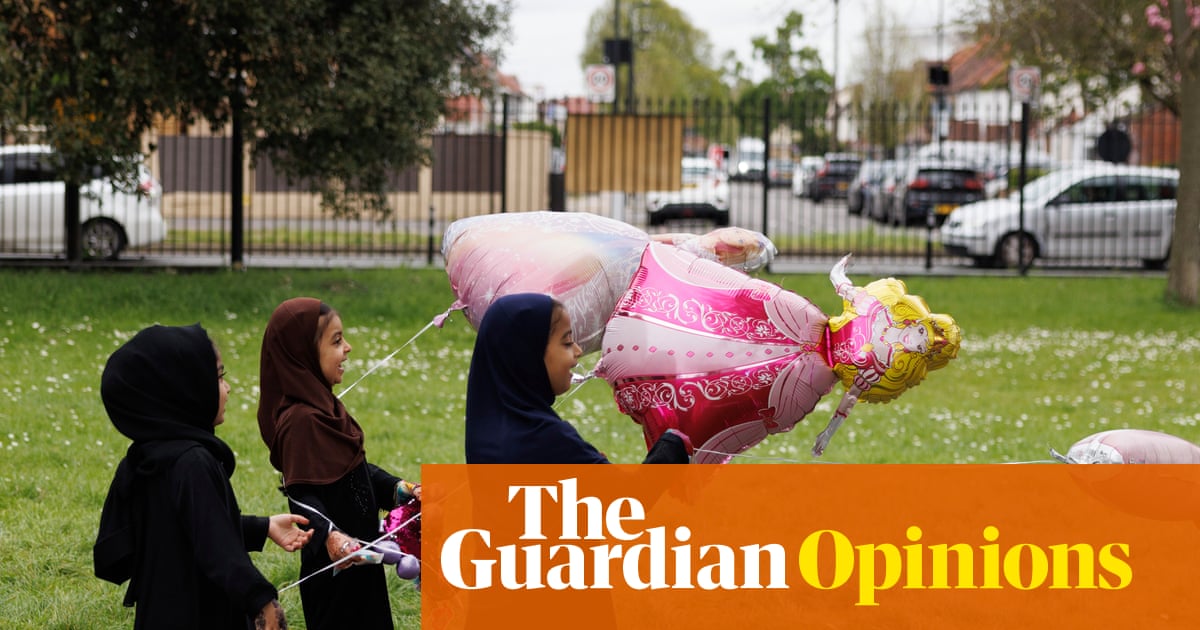Efforts to ensure that modern values are reflected in public sculpture began well before the Black Lives Matter protests five years ago. Those demonstrations saw the statue of the Bristol slave trader Edward Colston dragged from its pedestal and dumped in the harbour, while multiple Confederate monuments were removed from cities in the southern US.
Statues in Britain have gradually reflected evolving social values. A statue of the suffragette leader Emmeline Pankhurst was unveiled in Westminster in 1930, two years after women were finally granted the vote on equal terms to men. Nelson Mandela joined Winston Churchill in Parliament Square in 2007. The nurse Mary Seacole became the first named black, Caribbean woman to be honoured with a UK statue in 2016. In the same year, the Monumental Welsh Women campaign was established. It set itself a target of five statues, and has only one to go.
But are statues of individuals out of step with democratic sensibilities? Rather than raise subscriptions to cast models of great men and women from the past, contemporary backers of public art often opt for different styles and forms – for example, the giant statue of an anonymous black woman that was recently displayed in New York’s Times Square. Called Grounded in the Stars, this was the work of a British artist, Thomas J Price.
In other cases, enthusiasts continue to fundraise for traditional, lifesize statues of individuals. While the vast majority of such statues in Britain represent men (many of them aristocrats), the highest-profile recent campaigns have been for memorials of women. According to the Public Statues and Sculpture Association, there are currently 147 statues of named, non-royal women. Among them is Jane Taylor, who wrote the lullaby Twinkle, Twinkle, Little Star, and since last year has stood with her sister Ann on the high street in Colchester, Essex. Another is Mary Anning, the pioneering fossil hunter, who can be seen striding towards the seafront with her dog in Lyme Regis, Dorset. In Brighton, the Mary Clarke statue appeal aims to erect a statue of this overlooked women’s suffrage campaigner by the same sculptor, Denise Dutton. Clarke, who was Mrs Pankhurst’s sister, died on Christmas Day 1910 after being force-fed in prison and has no memorial anywhere.
Permanence can be problematic: statues erected in one era may celebrate traits later condemned. But it is refreshing to see the achievements of women celebrated, and municipal statuary become more representative of a diverse nation – and less dominated by the aristocratic and imperialist values of the past. Campaigns for new outdoor monuments are generally spearheaded by those with a strong commitment to a place as well as a person. When they succeed, these projects can boost confidence in the local public realm. Amid a tortuous debate about the statue of Cecil Rhodes in Oxford – which remains in place in spite of a lengthy campaign to remove it – Bristol’s anti-Colston protesters proved that direct action can decisively alter the built environment. It also sparked an unprecedented public reckoning with the legacies of slavery in Britain in the months after – with the removal or alteration of almost 70 tributes to enslavers and colonialists.
One that went was a statue of slaveholder Robert Milligan in east London. Next year, its spot will be filled with a sculpture by the artist Khaleb Brooks. Called The Wake, the bronze shell will stand as a memorial to transatlantic slavery’s millions of victims. Symbolic change isn’t a substitute for tackling today’s inequalities. But it’s still meaningful.
-
Do you have an opinion on the issues raised in this article? If you would like to submit a response of up to 300 words by email to be considered for publication in our letters section, please click here.

 3 months ago
151
3 months ago
151



